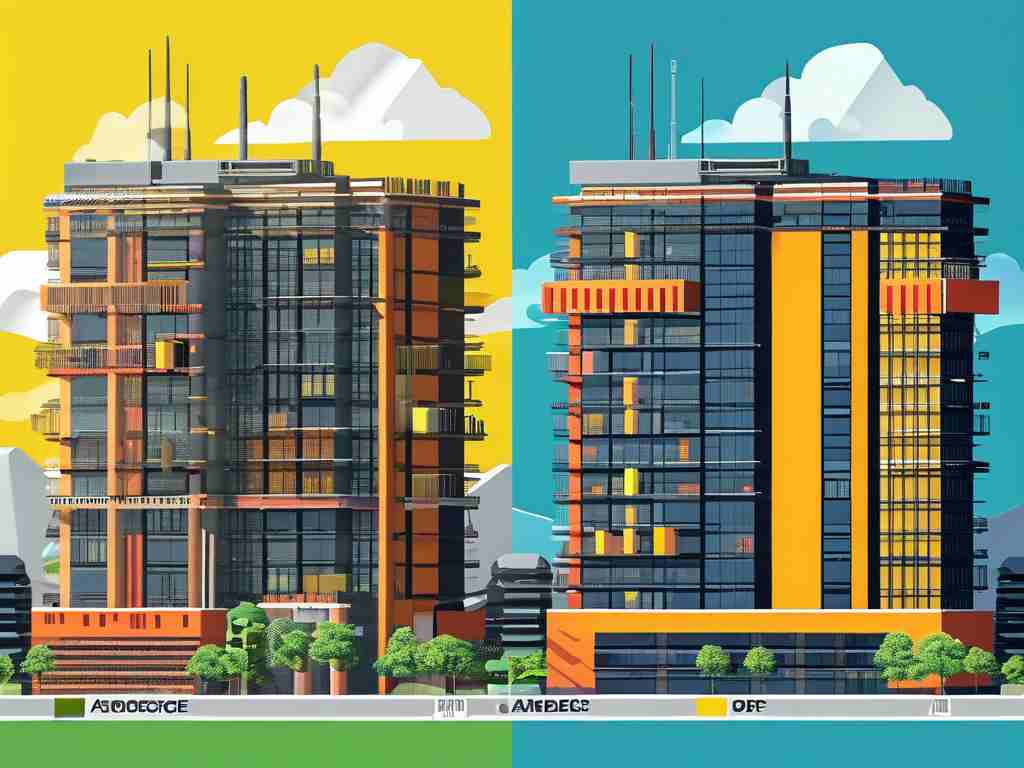In the evolving landscape of modern IT systems, understanding the distinctions between Agile Distributed Architecture and Access Control Architecture is crucial for architects and developers aiming to optimize performance and security. While both frameworks address critical aspects of system design, they serve fundamentally different purposes, leading to unique benefits and challenges. This article delves into their core characteristics, applications, and key differences, providing a comprehensive overview for professionals navigating complex technological environments.

Agile Distributed Architecture centers on enhancing flexibility, scalability, and rapid adaptation in distributed computing environments. Rooted in agile methodologies, it emphasizes iterative development, continuous delivery, and decentralized components to handle large-scale, dynamic workloads. For instance, in cloud-native applications, this architecture leverages microservices, containers, and DevOps practices to enable teams to deploy updates swiftly and respond to changing user demands. A typical implementation might involve Kubernetes for orchestration, allowing seamless scaling across multiple nodes. Key advantages include improved resilience against failures, as components operate independently, and the ability to innovate quickly through short development cycles. However, it can introduce complexities like increased latency in inter-service communication and higher operational overheads due to the need for robust monitoring tools. Real-world applications span e-commerce platforms handling peak traffic surges and IoT ecosystems where devices generate vast, unpredictable data streams. The architecture's strength lies in its adaptability, making it ideal for fast-paced industries like fintech or streaming services that require constant evolution.
In contrast, Access Control Architecture focuses squarely on security and governance, ensuring that only authorized users or systems can interact with specific resources. This framework revolves around defining and enforcing policies for authentication, authorization, and auditing to protect sensitive data and prevent unauthorized access. Core elements include role-based access control (RBAC), attribute-based models, and mechanisms like OAuth or SAML for secure identity management. For example, in enterprise systems, an access control layer might integrate with directory services such as Active Directory to validate user credentials before granting permissions to databases or applications. The primary benefits are enhanced data protection, compliance with regulations like GDPR or HIPAA, and reduced risk of breaches. Drawbacks, however, involve potential bottlenecks in user authentication flows and the complexity of maintaining fine-grained policies across diverse systems. Common use cases include financial institutions securing customer transactions, healthcare platforms safeguarding patient records, and cloud environments where multi-tenant isolation is paramount. Here, the architecture excels in mitigating threats but may add rigidity, as policy updates often require thorough reviews rather than rapid iterations.
The key differences between Agile Distributed Architecture and Access Control Architecture stem from their divergent objectives and operational focuses. Firstly, Agile Distributed Architecture prioritizes operational agility and scalability, enabling systems to evolve dynamically through decentralized design, whereas Access Control Architecture emphasizes security and control, enforcing strict boundaries to prevent misuse. This distinction manifests in their development lifecycles: agile approaches foster collaboration and incremental changes, while access control demands rigorous upfront planning for policy definitions. Secondly, in terms of technical implementation, agile systems often rely on distributed patterns like event-driven architectures or serverless computing to enhance responsiveness, as seen in code snippets for a simple microservice using Spring Boot:
@RestController
public class ServiceController {
@GetMapping("/data")
public String getData() {
return "Distributed response";
}
}
Conversely, access control frameworks incorporate security protocols, such as implementing RBAC with Python's Flask:
from flask import Flask, request
from flask_principal import Principal, RoleNeed, identity_loaded
app = Flask(__name__)
principals = Principal(app)
@identity_loaded.connect_via(app)
def on_identity_loaded(sender, identity):
if hasattr(identity, 'user'):
identity.provides.add(RoleNeed('admin'))
Thirdly, risk profiles differ significantly; agile architectures face challenges like service disintegration or performance issues under load, while access control systems risk over-permissioning or denial-of-service if policies are misconfigured. Lastly, their integration in hybrid environments reveals compatibility nuances—agile setups can incorporate access control as a complementary layer, but this often requires careful balancing to avoid impeding the agility gains, such as through API gateways that handle both routing and security.
In , while Agile Distributed Architecture and Access Control Architecture both play vital roles in modern IT, they address orthogonal concerns: the former drives innovation and efficiency in distributed systems, and the latter fortifies security postures. Organizations should adopt a holistic strategy, integrating elements of both to build resilient, adaptable, and secure infrastructures. As technology advances, understanding these differences empowers teams to make informed decisions, ensuring systems not only scale effortlessly but also safeguard critical assets against evolving threats.

